Mick Garvey hits the ground running in his new role as red squirrel ranger & finds things are heading the right way on the new ground!
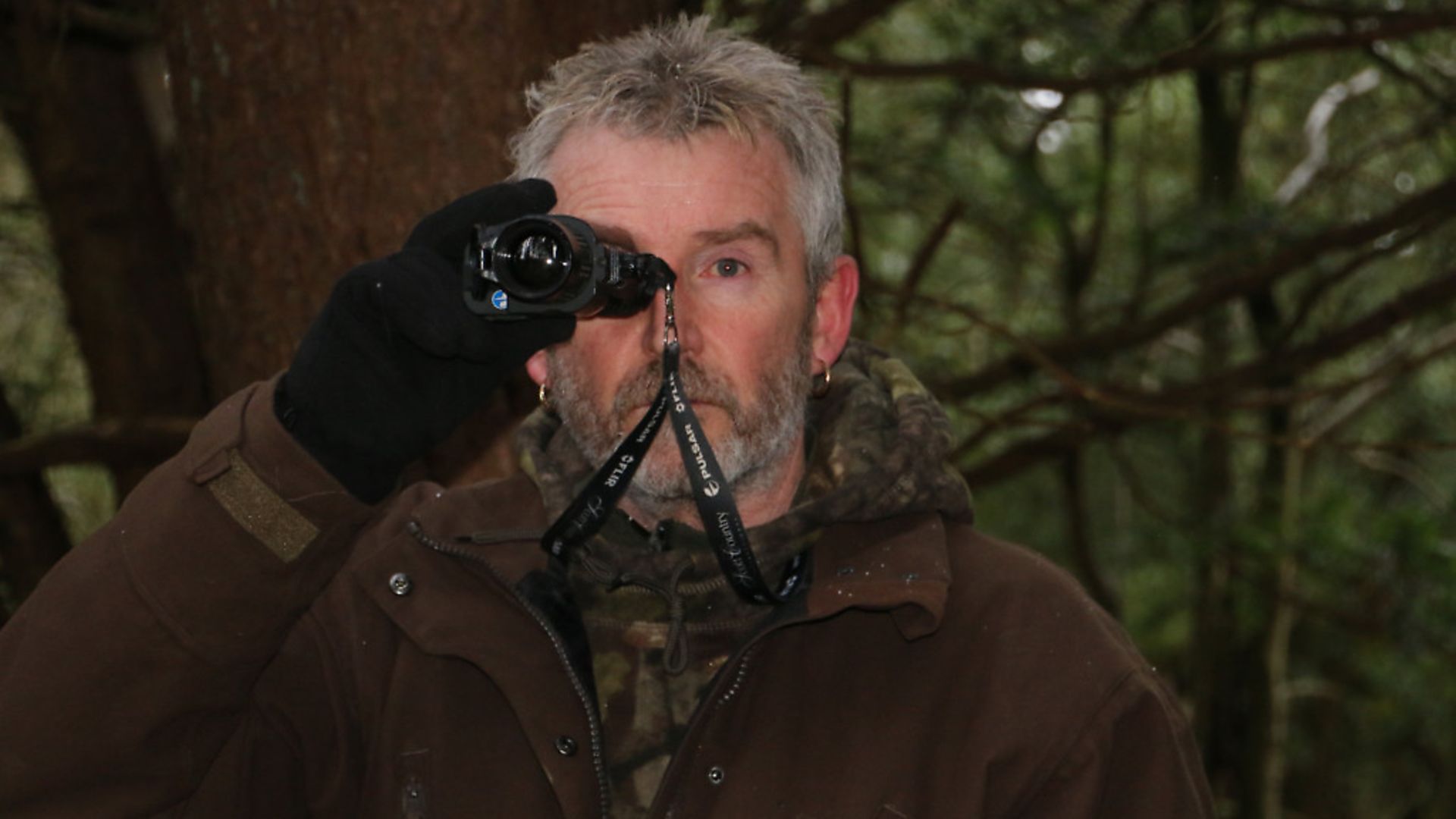 credit: Mick Garvey
credit: Mick Garvey
I hit the ground running with my new position as red squirrel ranger for the P&DRSG (Penrith & District Red Squirrel Group), but I’ll be honest, it has been different to my usual skinny hunts.
In Derbyshire, it is not unusual for me to see at least 10 grey squirrels in my wood at any given time, and I generally shoot most of them, if not all. In Penrith, it has been somewhat different. My first day on the estate saw me getting no sightings whatsoever, and it was a full day – from dawn to dusk. I did locate a couple of greys and feeders, so I decided to instal some trail cams in these likely looking spots. The problem is, you’re trying to look everywhere and end up looking nowhere, not giving enough time to take in what each area has to offer. I’m sure we’re all the same, especially when trying to make a good first impression, but it can make you question yourself. I am totally confident in my ability in this field, and a little chat with myself soon put a spring back in my step.
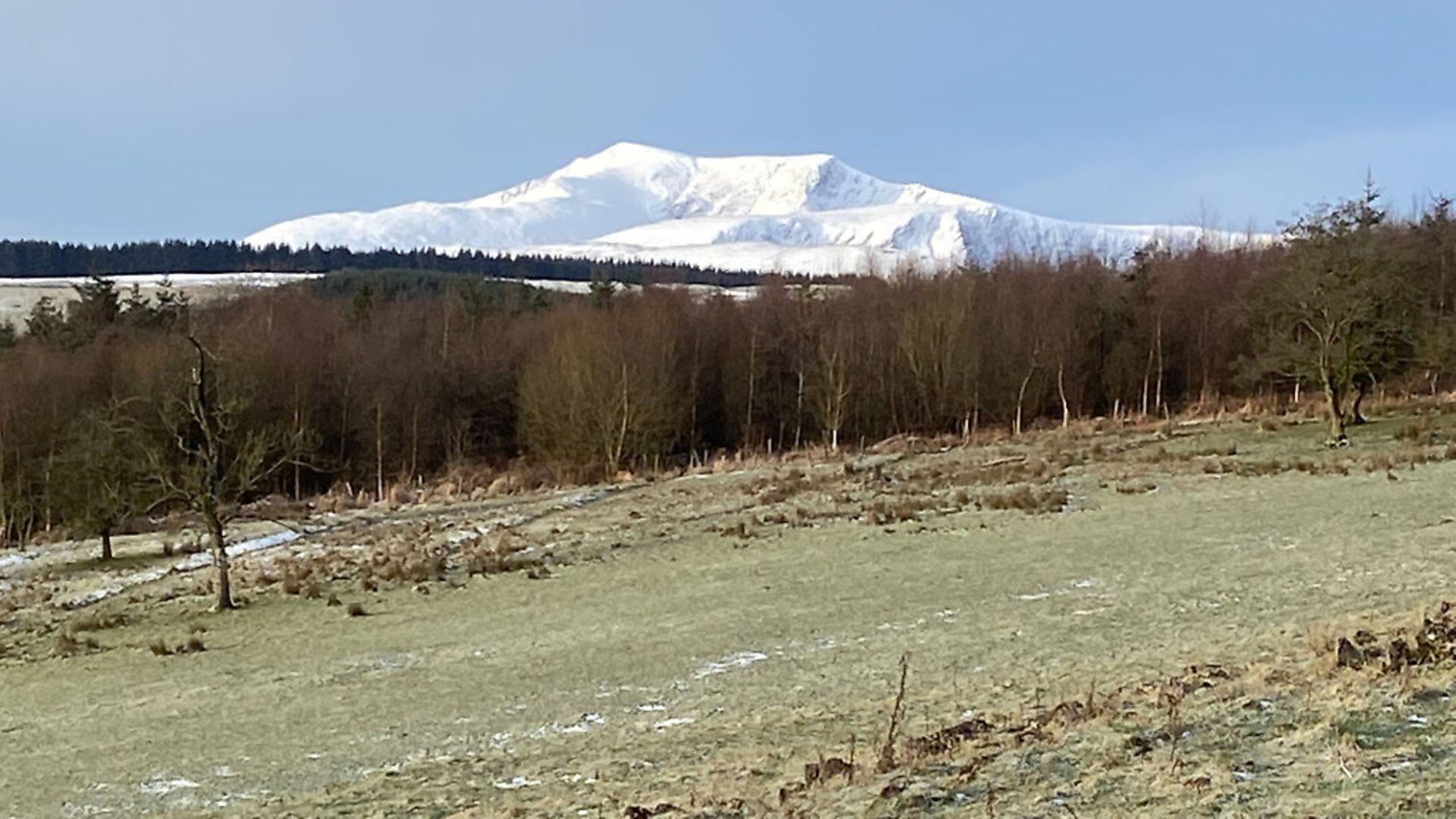 credit: Mick Garvey
credit: Mick Garvey
I have a philosophy that I sort of borrowed from the film Field of Dreams: “Prepare and they will come.” Well, I was prepared to the max. I had the Bergara B14 .22 rimfire, topped off with the brilliant Sidewinder 10x fixed from Hawke, which was sitting in the Magpul hunter stock – one of my favourites because it fits me perfectly. I also had with me the best ammunition I have ever put through my rimfires, the Eley Hollow subs. They are accurate and reliable to the point of disbelief. They’re also quiet enough to not disturb any of the woodland inhabitants.
I was in discovery mode, and every step took me to a new view and a new perspective. The woods were full of pines, larch and my favoured beech, all of which are habitats for the reds and greys. I had met up with the keepers and estate managers, with whom plans of attack were drawn up. Weekly reports on sightings of both reds and greys were then passed both ways, and records for the official stats that are made public each month were regularly updated.
 credit: Mick Garvey
credit: Mick Garvey
With no sightings, I went for a softly, softly approach and placed a couple of feeders out: one at each end of the main wood, quite close to the central track. This particular placement was for a couple of reasons. Firstly, the keeper doesn’t use the typical barrel pheasant feeders; instead, he uses the estate quad with the feed spreader to spray the feed on to the track. Believe me, this works for him and the shoot. When it’s allowed, it will also work for me, as I’ll use the track to pass through the wood, and with plenty of cover from the rhododendrons, I will be able to get up close and personal with any greys that could pass on the dreaded squirrel pox, wiping out an entire colony of reds.
With such a huge area to cover on my first weekend, I put it down as a recce that would be spent getting to know the lie of the land, the access areas and any public rights of way. On more than one occasion, I had to stop and pinch myself, especially when I crested one of the fells to be greeted by the awesome sight of the snow-topped Helvellyn towards Ullswater and the magnificent Blencathra, which overlooks Keswick. I cannot say how breath-taking that view is, and I make a point of taking it in at every opportunity. Some of the woodlands have pathways through them, formed by the deer, hares, badgers and rabbits, all of which are in abundance. Walking these trails gives you the feeling of being properly in the wilderness: no people, no traffic noise, just the odd buzzard calling overhead. The silence can be deafening sometimes, but I love it.
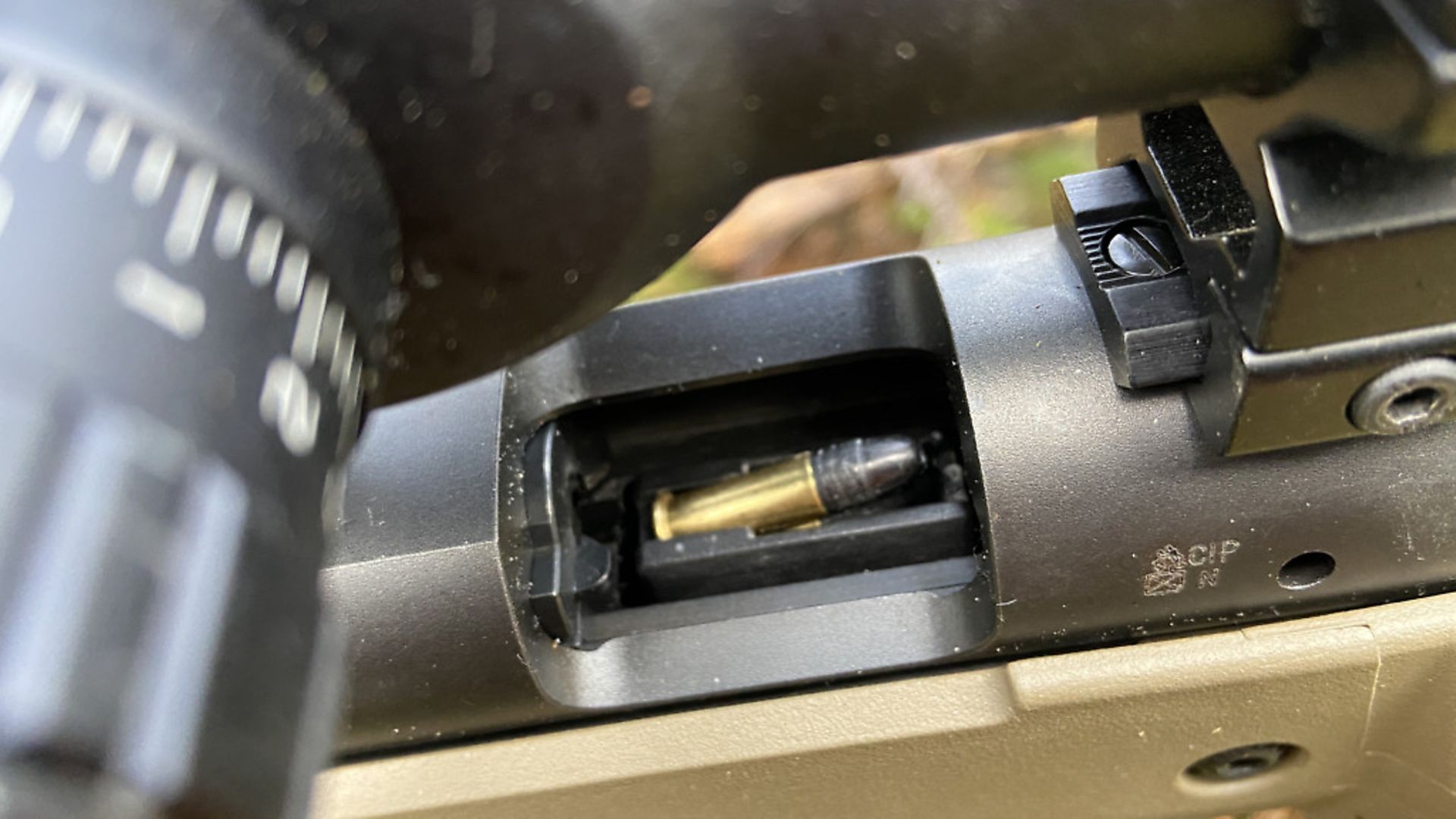 credit: Mick Garvey
credit: Mick Garvey
My second day had me up on the estates at the crack of dawn, eager to see the land in a different light, so to speak. The first feeder had been visited by many of the songbirds, but the monkey-nut indicator had been dislodged, so maybe a skinny had also visited. A check of the trail cams would tell all later. I was now in full stalking mode – as opposed to discovery mode – where every step was planned and calculated, pausing every 10 yards or so to search the treetops and the ground in front of me for movement. Hampered by the immense number of pheasants being picked up by my thermal spotter, I soon learned to disregard these distractions and focus on finding the elusive squirrels.
Every now and then when you’re hunting, you get that feeling, and I had it that morning. I just stopped dead in my track: something was around. I couldn’t see anything, but I felt there was something there. Then, from my left, hopped a skinny, and my heart lifted. It popped under the rhododendrons to my right, and I instantly dropped to one knee to try and locate it, before being distracted by an all-too-familiar chattering from above me. Slowly lifting my head, I saw him sitting on the edge of an old discarded nest, and, looking further up the very thick pine tree, I saw another one up there too.
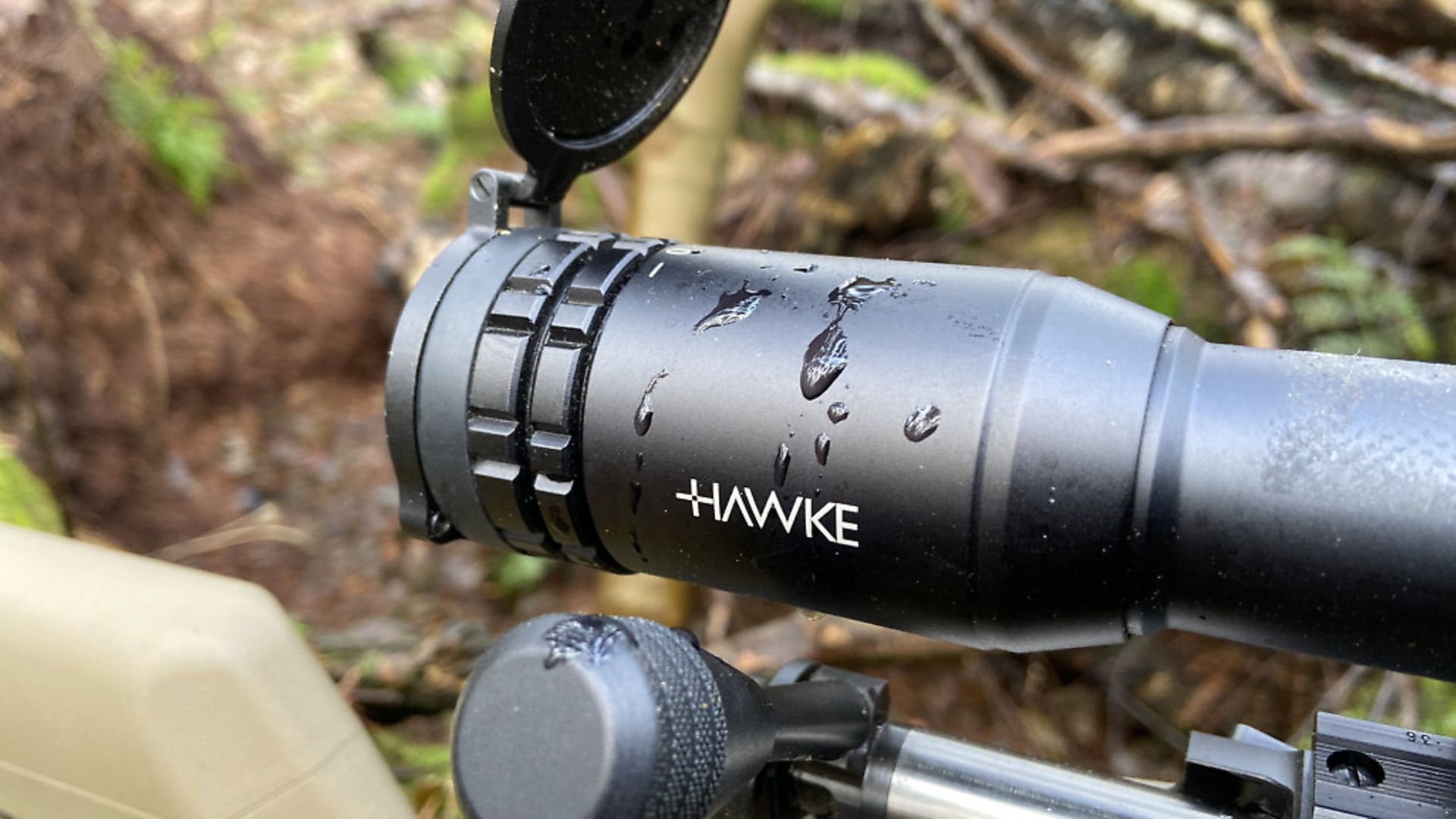 credit: Mick Garvey
credit: Mick Garvey
I didn’t need another invitation. With the thick pine providing a perfect backdrop, the slick bolt was slid into the action and an easy free-hand shot of about 40 yards brought the grey down instantly. Quickly reloading and finding the higher grey still in position, the second Eley of the morning was sent off, and another grey was dispatched. I did wonder how I would find them in the thick rhodos, but as luck would have it, they had landed together side by side. I was absolutely ecstatic. What a great start, and it was about to get better.
That night was spent hovering over the laptop, studying the downloaded images from the trail cams. It seemed we had a grey showing up at the same time every morning. I knew I had to get to it, even if it meant spending a day stalking: one grey is one too many! The early start was repeated, and I was in place, waiting in ambush well before the grey’s usual visiting times.
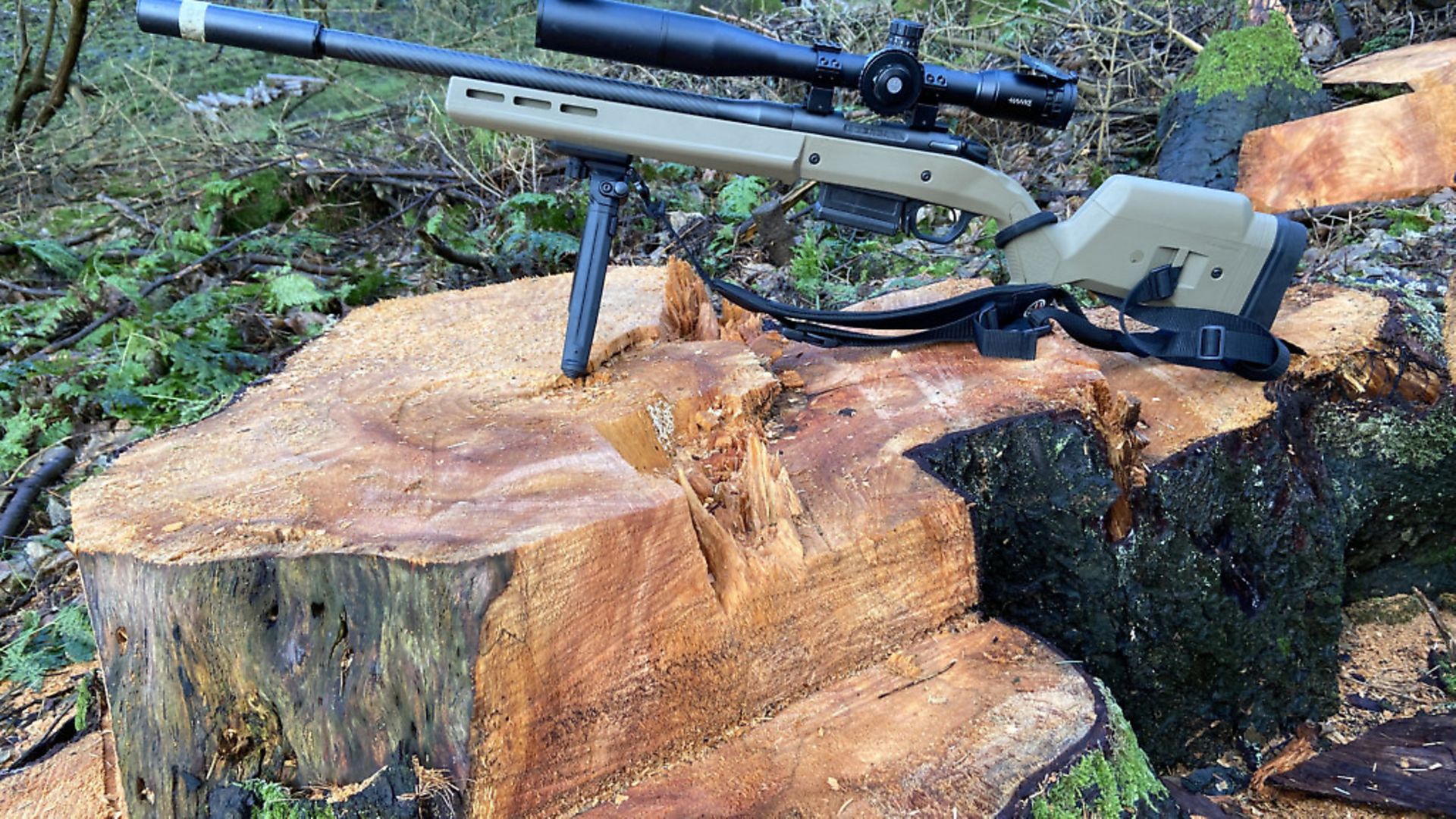 credit: Mick Garvey
credit: Mick Garvey
It was a freezing morning, and the wind chill was taking it down to -10°C. The icy cold wind cut through my gloves whenever I scanned the treetops, but that was the only part of the woods feeling the cold, as I had layered up with several tops and my Jack Pyke Argyll smock, which cuts all the wind out. Weardale trousers and Ashcombe wellies kept the bottom half not only warm and dry, but silent as I walked – a must on these stalks.
My patience paid off, as the grey skinny appeared on the ground below the feeder. I was tucked into a half-fallen tree with the Bergara at 70 yards away. The kill was instant and humane. This was the result I had worked on and hoped for, but little did I know that something even better was to come.
I retrieved the skinny and headed to the top end of the track before turning back, and there it was… a red squirrel on my feeder – the one that had, not 20 minutes ago, had a grey on it. As I watched in awe, I realised once more what an important job us red squirrel rangers are doing. However, it’s not without the help of you guys – your support is much needed and very much appreciated. In whatever way you can, please look into supporting the Penrith & District Red Squirrel Group and our native red squirrel.
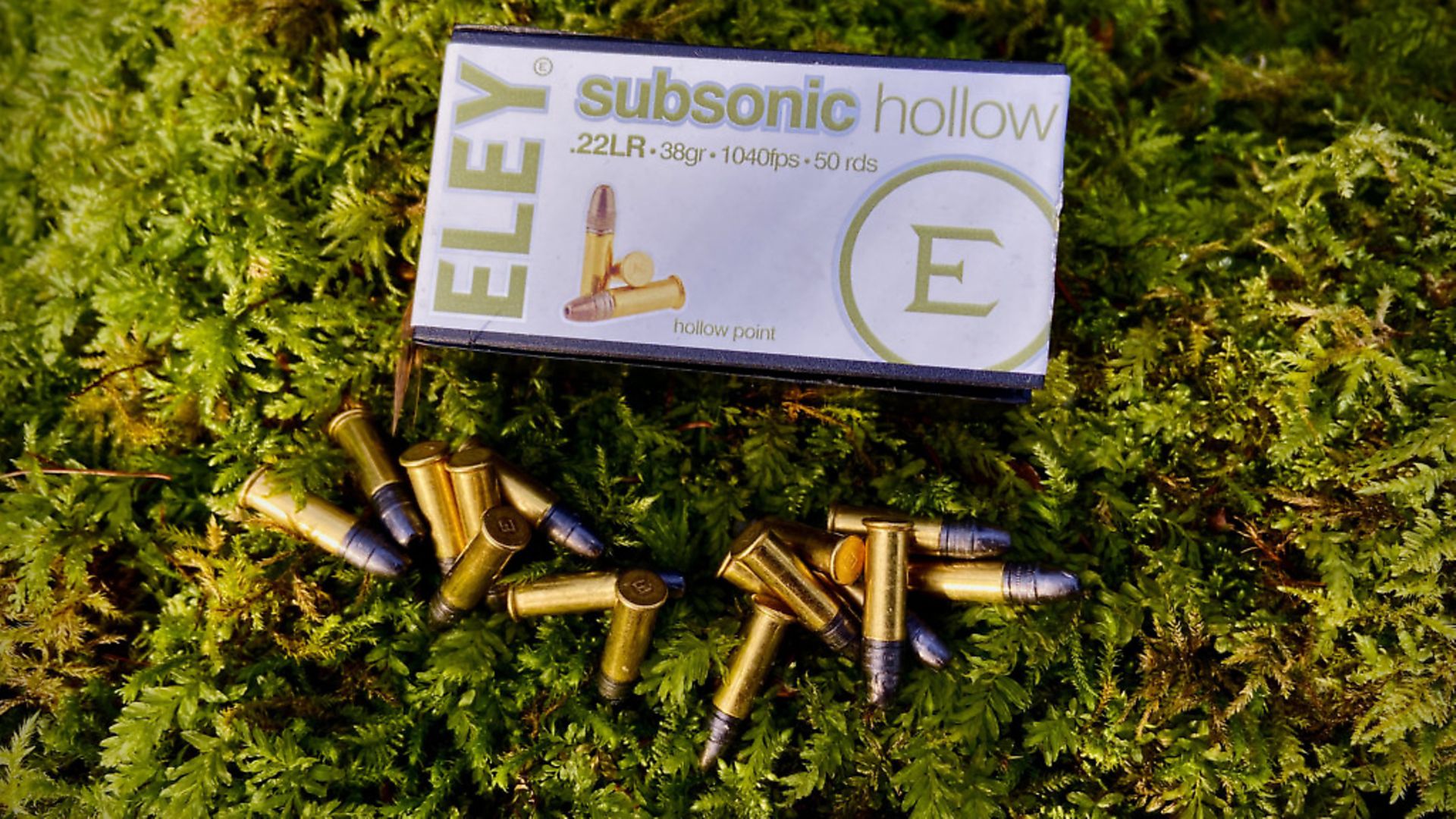 credit: Mick Garvey
credit: Mick Garvey
Red sightings: 396 – up by 153 from last January
Grey sightings: 86 – up 38 from last January
Greys culled: 236 – up 39 from last January
Pox cases: 1 – up 1 from last January
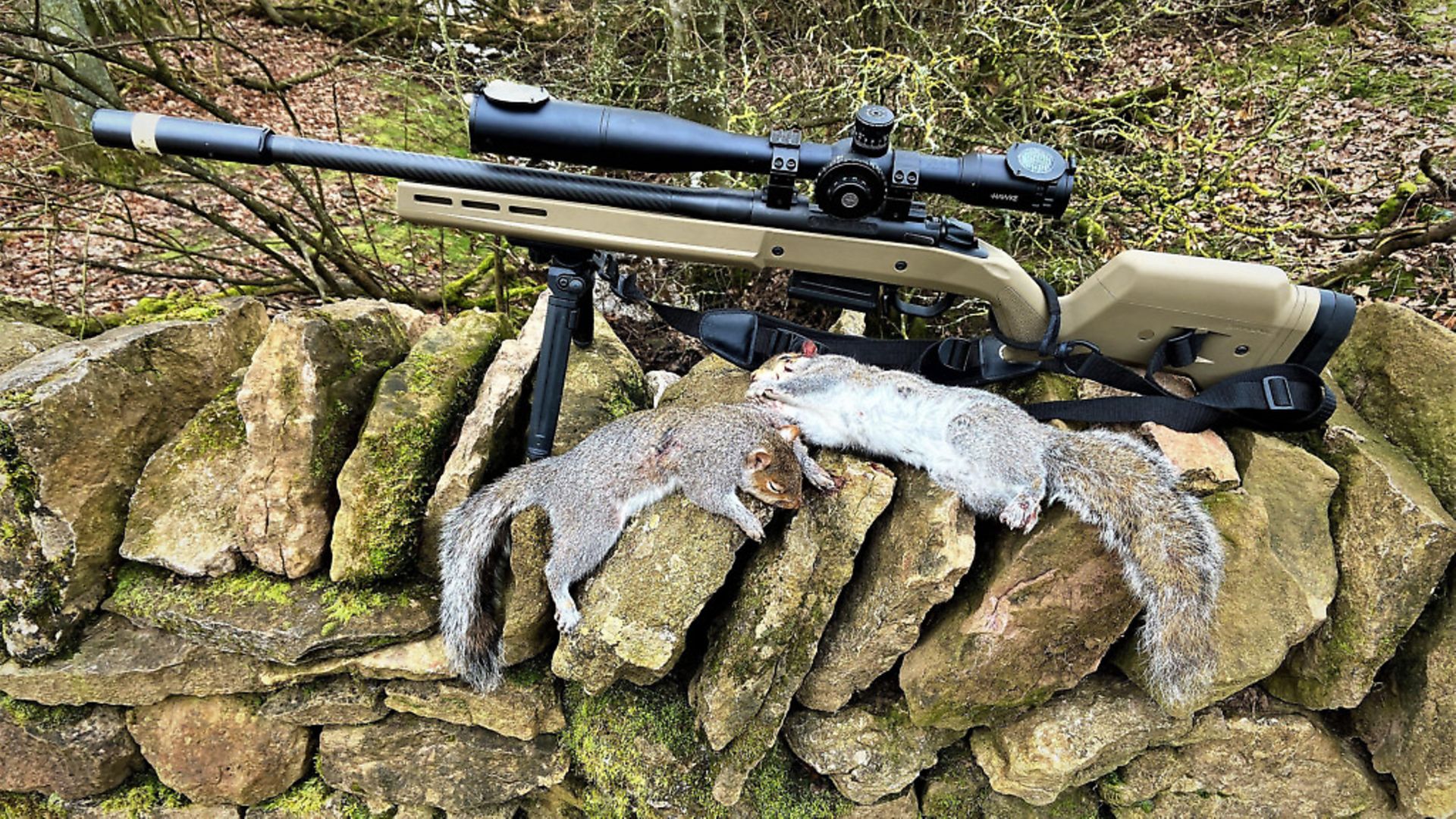 credit: Mick Garvey
credit: Mick Garvey
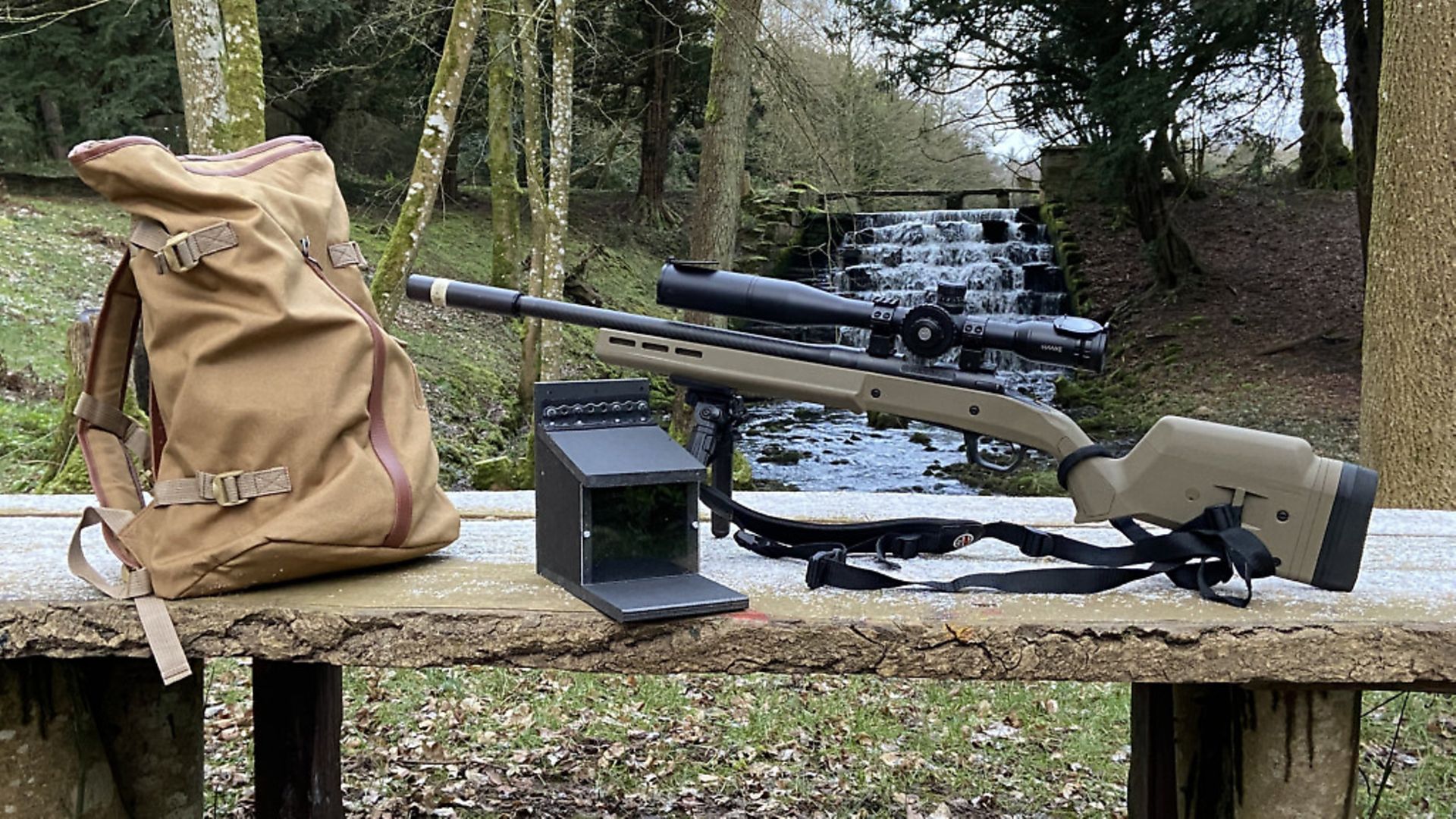 credit: Mick Garvey
credit: Mick Garvey
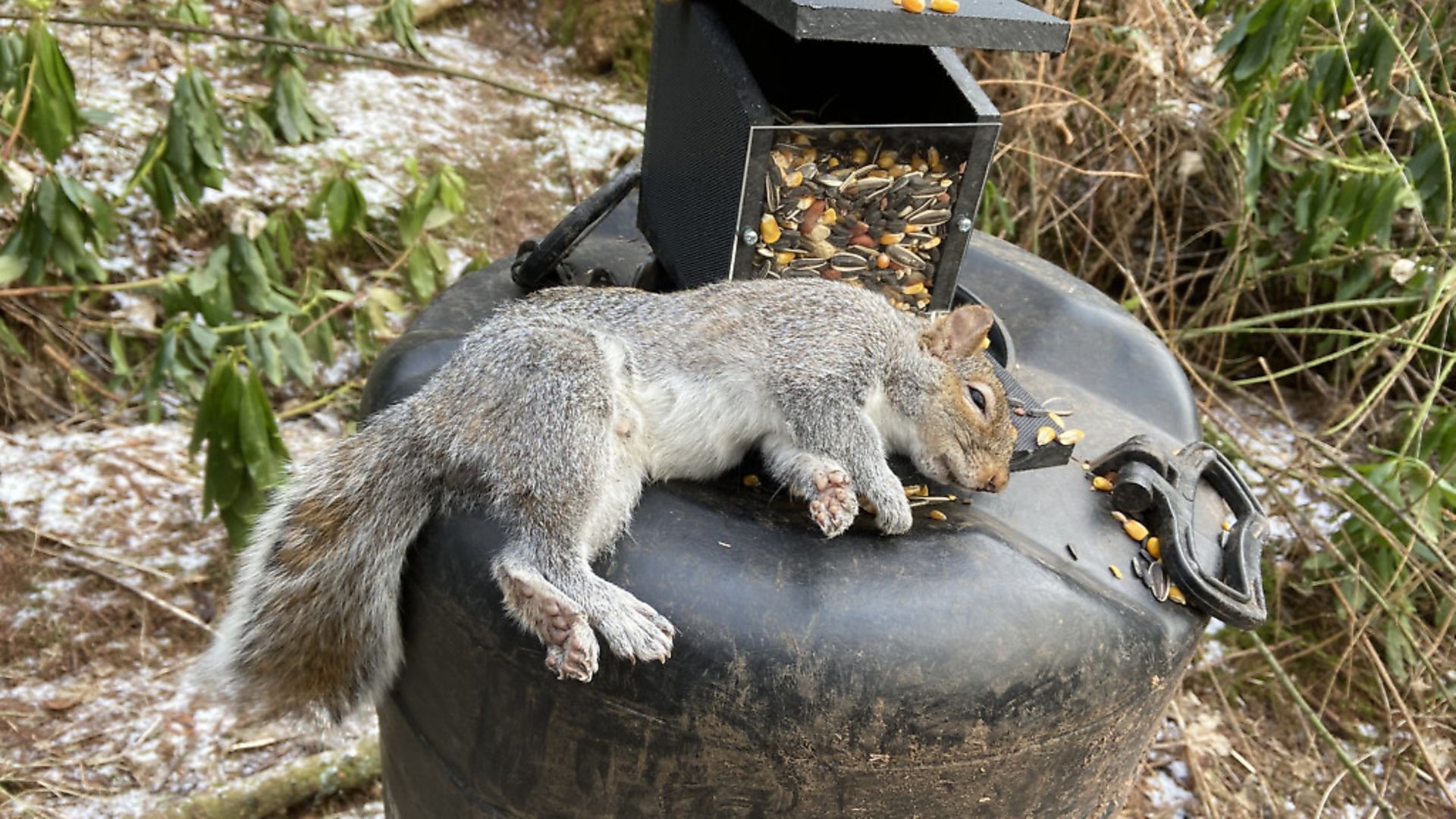 credit: Mick Garvey
credit: Mick Garvey